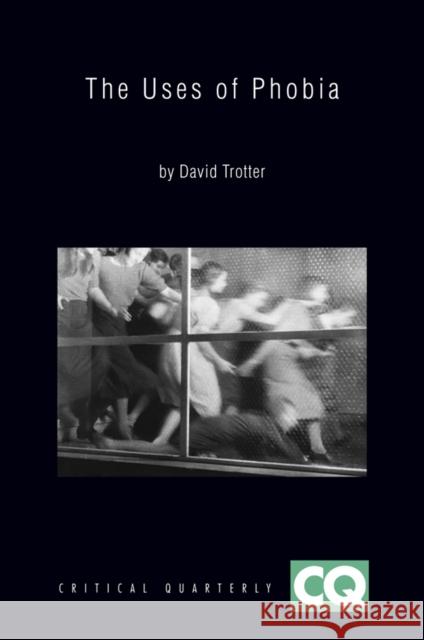The Uses of Phobia: Essays on Literature and Film » książka
The Uses of Phobia: Essays on Literature and Film
ISBN-13: 9781444333848 / Angielski / Miękka / 2010 / 180 str.
The essays brought together in this book understand phobia not as a pathology, but as a versatile moral, political, and aesthetic resource - and one with a history. They demonstrate that enquiry into strong feelings of aversion has enabled writers and film-makers to say and show things they could not otherwise have said or shown; and in this way to get profoundly and provocatively to grips with the modern condition.
- Makes extensive reference to original readings of a wide range of literary texts and films, from the 1850s to the present
- Places a strong emphasis on the value phobia has held, in particular, for women activists, writers, and film-makers
- Discusses a range of writers and film-makers from Dickens, Thackeray, and George Eliot through Hardy, Joyce, Ford and Woolf; from Jean Renoir through Hitchcock and Truffaut to Margarethe von Trotta and Pedro Almodovar
- Intervention in key debates in cultural theory and cultural history
The essays brought together in this book understand phobia not as a pathology, but as a versatile moral, political, and aesthetic resource – and one with a history. They demonstrate that enquiry into strong feelings of aversion has enabled writers and film–makers to say and show things they could not otherwise have said or shown; and in this way to get profoundly and provocatively to grips with the modern condition.The essays are arranged in such a way as to chart phobia′s unfolding as a resource in literature and film since 1850. They pose the question ‘What does phobia know?’ in relation to a range of writers and film–makers: from Dickens, Thackeray, and George Eliot through Hardy, Zola, Joyce, Ford, Mansfield, and Woolf to Tony Harrison and Buchi Emecheta; from Jean Renoir through Hitchcock, Wyler, Kurosawa, and Truffaut to Margarethe von Trotta, Pedro Almodóvar, and Lynne Ramsay. They take issue in particular with the pre–eminent status the concept of trauma has recently acquired in cultural theory and cultural history. In so doing contribute to and re–shape the current preoccupation with ordinariness.











